
Samsung used to have a clear message about its OLE...
news-extra-space
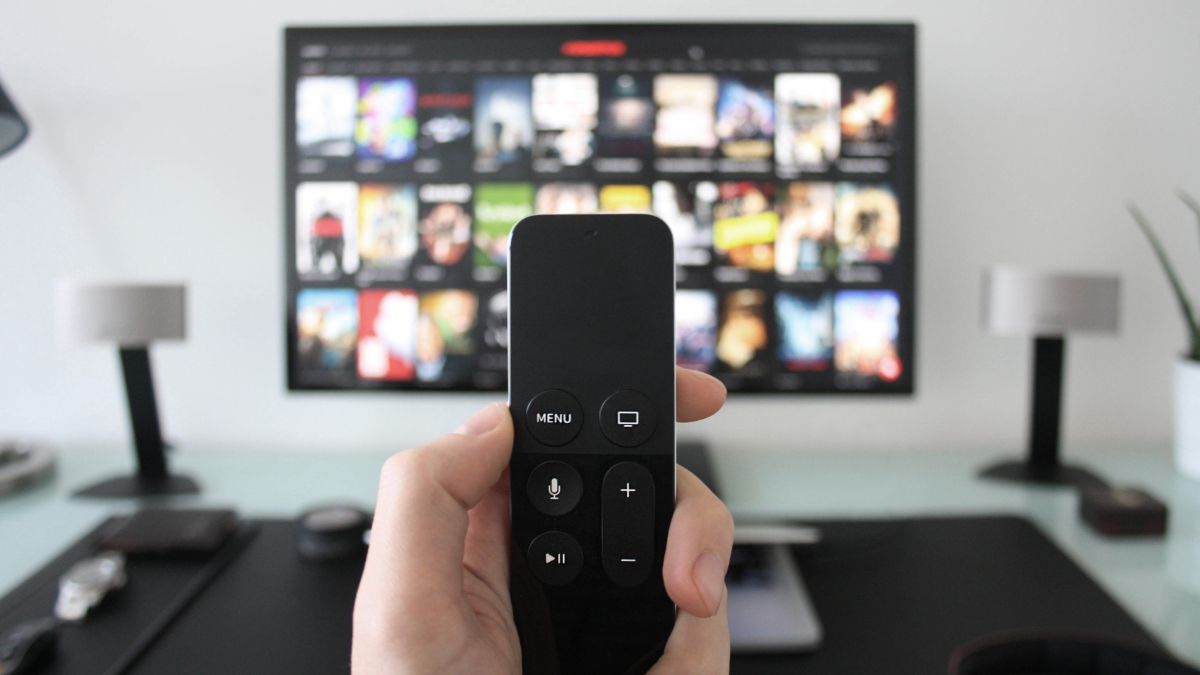
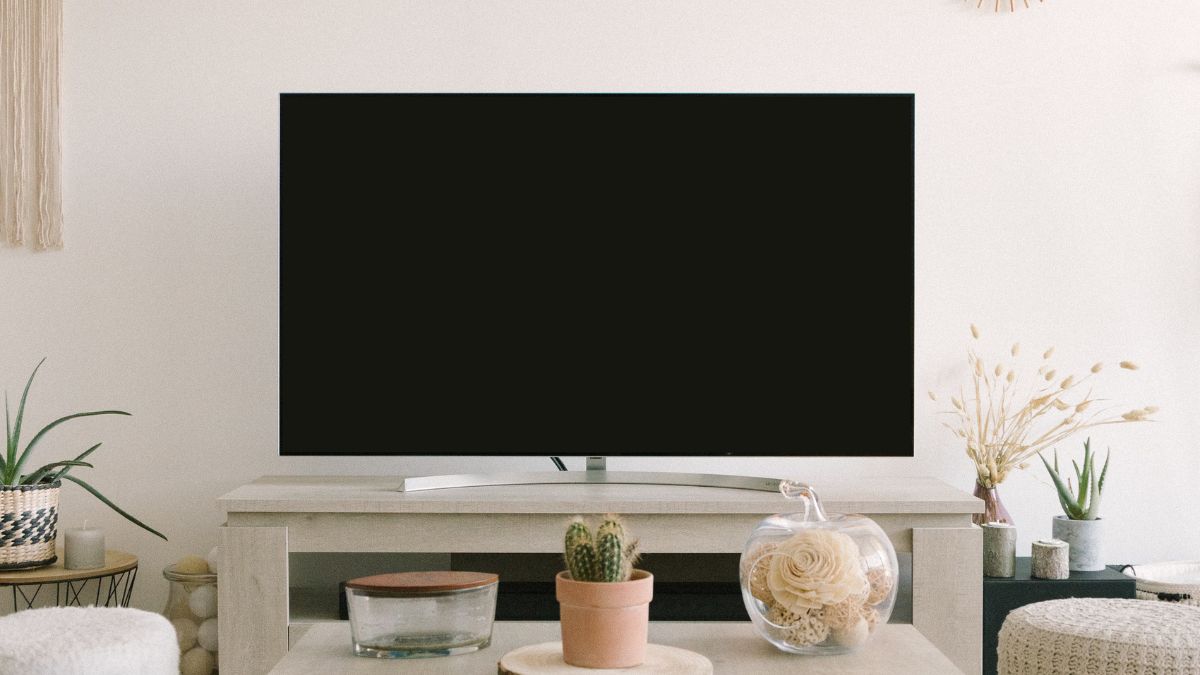 Image credit: Canva[/caption]
The amount of electricity used by a television might vary, even if it is the same size, made by the same company, and has the same standard smart TV capabilities, depending on the year the model was made, the One Watt Initiative.
However, we've measured the power consumption of a number of TVs, so we feel comfortable providing a general guideline you can use to estimate how much energy your television is using.
You may multiply the screen size by one to get an idea of how many watts the TV uses when it is turned on for TVs with displays up to roughly 49 inches. In light of this, it would be logical to assume that a 32-inch TV needs roughly 32W of power.
[caption id="attachment_66057" align="aligncenter" width="1200"]
Image credit: Canva[/caption]
The amount of electricity used by a television might vary, even if it is the same size, made by the same company, and has the same standard smart TV capabilities, depending on the year the model was made, the One Watt Initiative.
However, we've measured the power consumption of a number of TVs, so we feel comfortable providing a general guideline you can use to estimate how much energy your television is using.
You may multiply the screen size by one to get an idea of how many watts the TV uses when it is turned on for TVs with displays up to roughly 49 inches. In light of this, it would be logical to assume that a 32-inch TV needs roughly 32W of power.
[caption id="attachment_66057" align="aligncenter" width="1200"]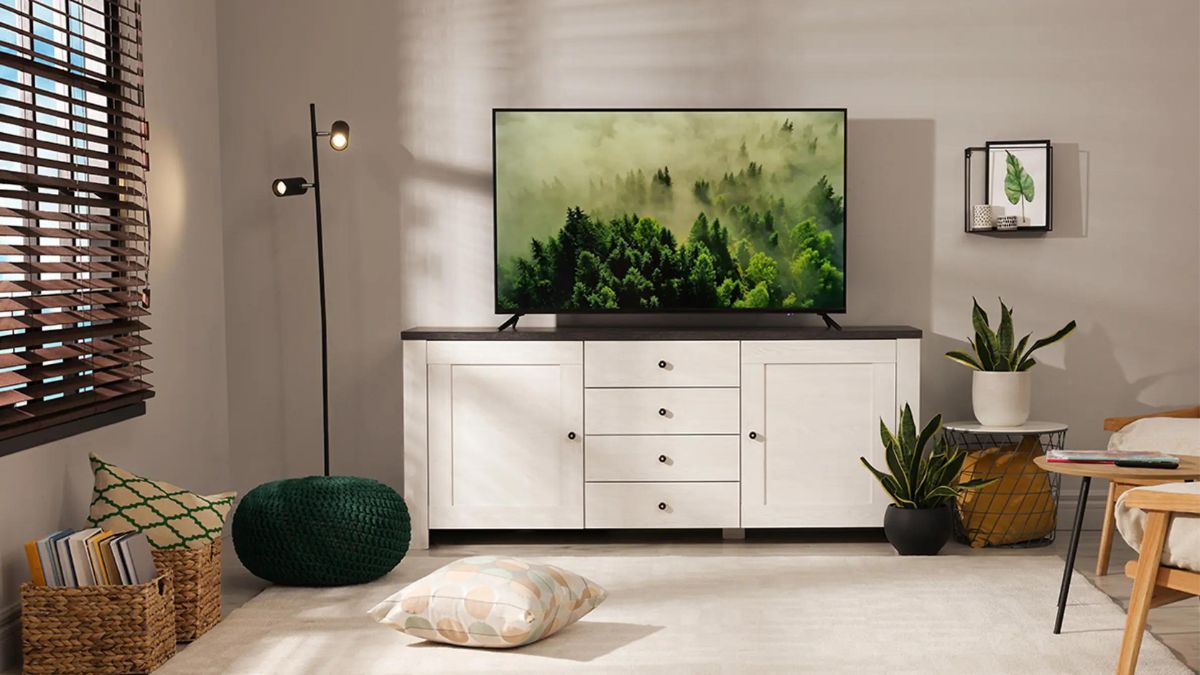 Image credit: Shutterstock.com[/caption]
For TVs with screens of 50 inches or larger, we advise a 1.5 multiplier. Therefore, it wouldn't be absurd to estimate that a 60-inch TV consumed about 90W of power.
Assume that your power costs 12 cents per kilowatt hour (kWh) and that your TV uses 60W of energy per hour, which is in the center of the two numbers we just threw out.
Your cost-per-hour comes out to only 0.0072 cents per hour when we calculate it. You would spend $1.30 a month if you left the TV on for 6 hours every night after work.
If you liked to leave the TV on all day, for example, if you worked from home and liked the background noise, you would have to pay $2.60 each month to do so and here's how to accurately measure your TV.
You will need to measure your specific TV in the settings that you use it in order to get a precise response. While the above general estimate from our rule-of-thumb is enough, you'll be shocked when you start measuring various TVs in your home.
[caption id="attachment_66058" align="aligncenter" width="1200"]
Image credit: Shutterstock.com[/caption]
For TVs with screens of 50 inches or larger, we advise a 1.5 multiplier. Therefore, it wouldn't be absurd to estimate that a 60-inch TV consumed about 90W of power.
Assume that your power costs 12 cents per kilowatt hour (kWh) and that your TV uses 60W of energy per hour, which is in the center of the two numbers we just threw out.
Your cost-per-hour comes out to only 0.0072 cents per hour when we calculate it. You would spend $1.30 a month if you left the TV on for 6 hours every night after work.
If you liked to leave the TV on all day, for example, if you worked from home and liked the background noise, you would have to pay $2.60 each month to do so and here's how to accurately measure your TV.
You will need to measure your specific TV in the settings that you use it in order to get a precise response. While the above general estimate from our rule-of-thumb is enough, you'll be shocked when you start measuring various TVs in your home.
[caption id="attachment_66058" align="aligncenter" width="1200"]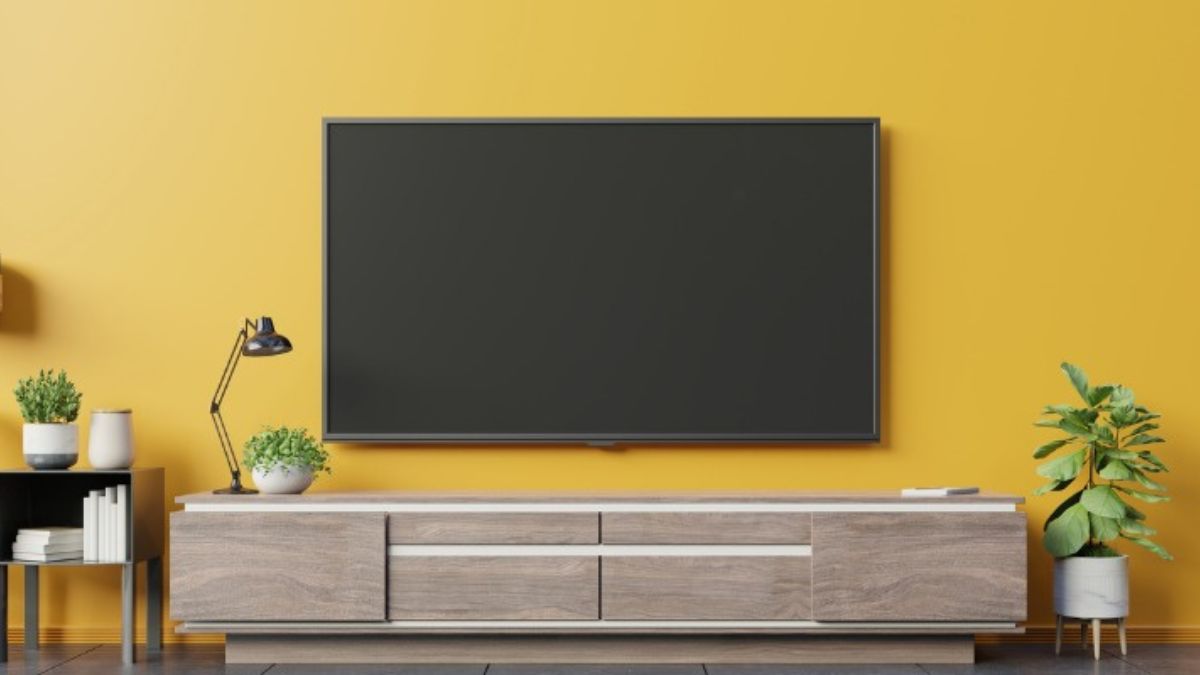 Image credit: verdeenergy[/caption]
Even better, you can experiment with the variables when you do the measurements on your own.
For instance, you might discover that your TV's energy-saving mode reduces power usage by 20W yet results in a washed-out, unappealing image.
You would undoubtedly feel better about not using the energy-saving mode and continuing to enjoy your TV if you knew that it would only save you a few dollars over the course of the year.
Related: 5 Smart Home Tech Hack
So how can you gauge the power usage of your TV? A watt meter will be necessary. The Kill a Watt meter has a lot of supporters among us. We've been using it for well over a decade, and it's been available on the market forever.
But by all means, get a smart plug with integrated power monitoring, like this Kasa KP115 plug, if you'd prefer a watt meter with some extra functionality.
The smart plug can then be used to control phantom power loads like your holiday lights while you're not monitoring how much power your TV consumes.
Image credit: verdeenergy[/caption]
Even better, you can experiment with the variables when you do the measurements on your own.
For instance, you might discover that your TV's energy-saving mode reduces power usage by 20W yet results in a washed-out, unappealing image.
You would undoubtedly feel better about not using the energy-saving mode and continuing to enjoy your TV if you knew that it would only save you a few dollars over the course of the year.
Related: 5 Smart Home Tech Hack
So how can you gauge the power usage of your TV? A watt meter will be necessary. The Kill a Watt meter has a lot of supporters among us. We've been using it for well over a decade, and it's been available on the market forever.
But by all means, get a smart plug with integrated power monitoring, like this Kasa KP115 plug, if you'd prefer a watt meter with some extra functionality.
The smart plug can then be used to control phantom power loads like your holiday lights while you're not monitoring how much power your TV consumes.
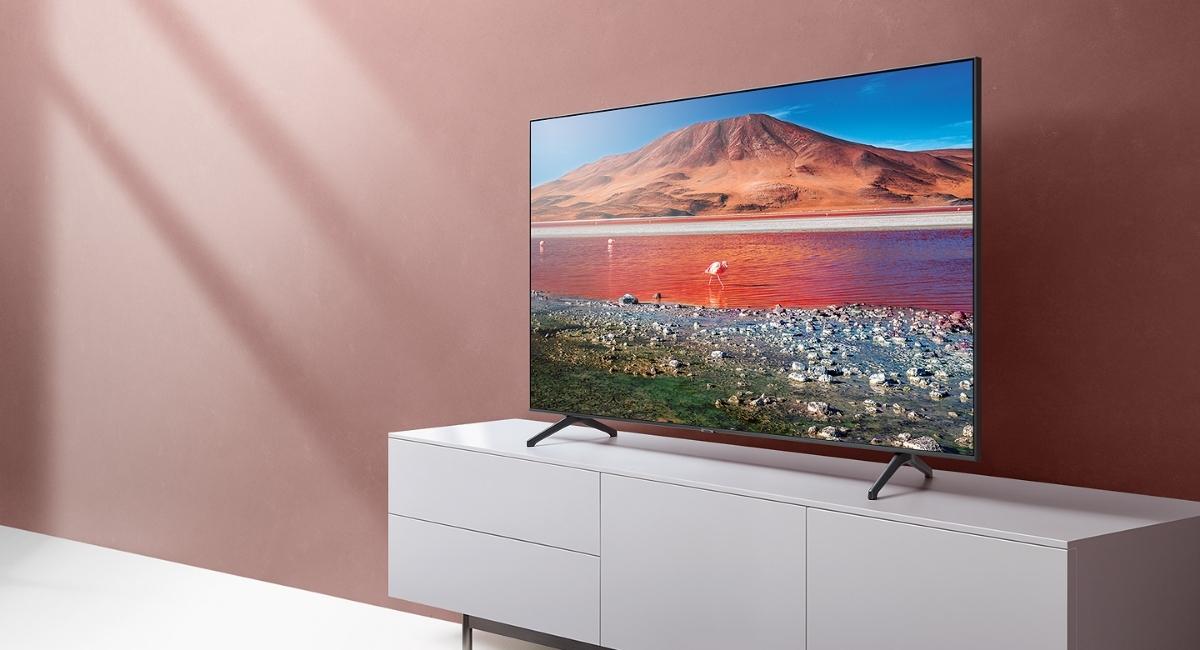 If you leave your TV connected to the watt meter, of course, you'll receive an exact response about how much energy it is taking both right then and over time.
You won't be surprised to learn that your TV doesn't consume a stunning amount of electricity, especially when you consider how long you leave it on. But you might think about using a smart speaker or Bluetooth speaker if you want to maintain that background noise effect with even less power consumption.
A smart speaker like an Amazon Echo's power consumption would only set you back a few dollars a year, and you could listen to podcasts, Spotify, or even a continuous loop of coffee shop background noise.
If you leave your TV connected to the watt meter, of course, you'll receive an exact response about how much energy it is taking both right then and over time.
You won't be surprised to learn that your TV doesn't consume a stunning amount of electricity, especially when you consider how long you leave it on. But you might think about using a smart speaker or Bluetooth speaker if you want to maintain that background noise effect with even less power consumption.
A smart speaker like an Amazon Echo's power consumption would only set you back a few dollars a year, and you could listen to podcasts, Spotify, or even a continuous loop of coffee shop background noise.
Leave a Reply






